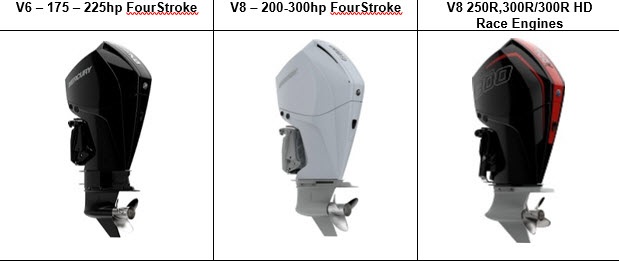wrxhoon
Well-Known Member
There are a lot of variables to speed and fuel use. What pitch prop are you using? I think your engine has 2:1 gearbox, going by the rpm and speed looks like 17. The 4.2 Yamaha has 1.75:1 . My boat will do about 33 mph at 4000 rpm with 17" pitch prop. The 4.2 yam has a lot more down low torque than the 3.3 Yam and 3.6 Honda hence the gear ratio.BTW, you guys are getting crappy fuel economy with those Yamahas. This was in a 1-2 ft chop.View attachment 15726
It depends on the load you have on the boat and the conditions of the sea. I don't know about yours but my boat weighs 6000 when going fishing plus 3 maybe 4 persons, close to 7000 lbs all up.
I don't go by the trim gauge, I trim the leg as required and same with the tabs, mostly used to level the boat. Heading out to sea I trim in until the bow slices the water somewhat so the boat doesn't jump much out of the water. Following sea I trim up to have the bow very high so i don't bury it in the next low as I overtake the waves . I never bother to trim in when taking off, the engine has more than enough grunt out of the hole. I never drive for economy, I know I hold enough fuel (125 gal ) so I drive to get there quick and spend more time fishing. My fuel use is average on fishing trips that may include heading out against wind and current, sometimes we drop at 1200-1500 feet and hold the boat on the spot with the engine . . I then may troll a few hours at 6-8 knts and then come back . I don't take much notice on instant use as that can vary from zero to 1 kn mile per lt.
I drive at a speed as high as possible without breaking my back. You can't compare this with a leisurely stroll in the bay or somewhat protected waters without powerful waves .


